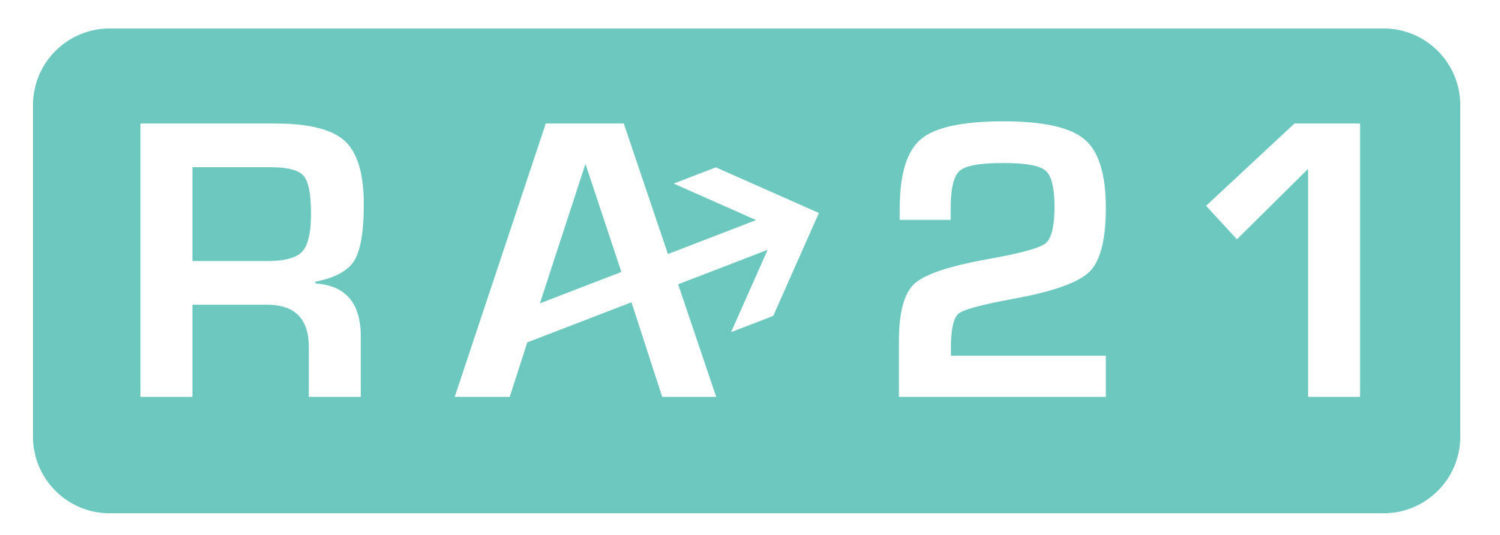2017 wrap up
As one year ends and another begins, it’s useful to take a moment to consider what has been accomplished to date with RA21, and what we expect in the coming year.
RA21 formally started in mid-2016, as several STM members started to consider the growing number of issues with IP authorization and the limitations of identity federation as the most logical next step for authorizing digital access to material. Before the end of the year, the STM-led effort combined with a very similar effort coming from several of the P-D-R companies and associated publishers. This combined group paved the way for inviting libraries, vendors, and federation operators to work towards a common goal of improving identity discovery – a key initial step to making federated identity viable for all parties.
In 2017, the project brought on Julia Wallace as Project Director and Heather Flanagan as Academic Pilot Coordinator. They joined Jenny Walker, Corporate Pilot Coordinator, as the core staff to help facilitate the communities that work together to evolve RA21. The first task was primarily outreach in order to validate the use cases, mission, and goals of the project—there were sixteen separate events over the course of 2017 designed to engage as many interested parties as possible. Simultaneously, the technologies that would form the foundation of assessing the practicality of any best practice in this space were discussed and teams created to discuss and implement the deployment of the technology platforms. The Corporate pilot focused more on the issues around user experience, exploring SAML for corporates, and granular usage statistics, while the academic pilots (the P3W and WAYF Cloud pilots) focused more on best practice for identity discovery.
By the middle of 2017, the User Experience (UX) work stream—originally coordinated by the corporate pilot—was identified as an effort that needed to span all of the pilots. The corporate pilot had done extremely useful work in testing possibilities with researchers and librarians, and findings from that effort were presented in at the workshop in September. As the corporate pilot closed this phase of their work, the ongoing efforts in the UX space were handed off to the academic pilots to take lead on the next steps – further refining the user experience and testing with more users against the P3W and WAYF Cloud platforms. Corporate pilot participants will continue to be involved in the UX side of things, of course, and will be part of the in-depth review of the outputs of the UX work stream.
At the end of 2017, both academic pilots have open sourced their code base and deployed prototypes. Plans are in place to review the security and privacy implications of both pilots, thanks to the new Security and Privacy work stream. Outreach will continue, and testing of the UX in both pilots is planned for late Q1/early Q2. Early findings are intended to be captured in a set of position papers which will later be rolled up into the final, NISO standardized guidance in this space.
2018 will be an important year for RA21 and we look forward to providing regular updates via this blog. For messages on other news and forthcoming events, please sign up for our news email via the RA21 Contact Form.
